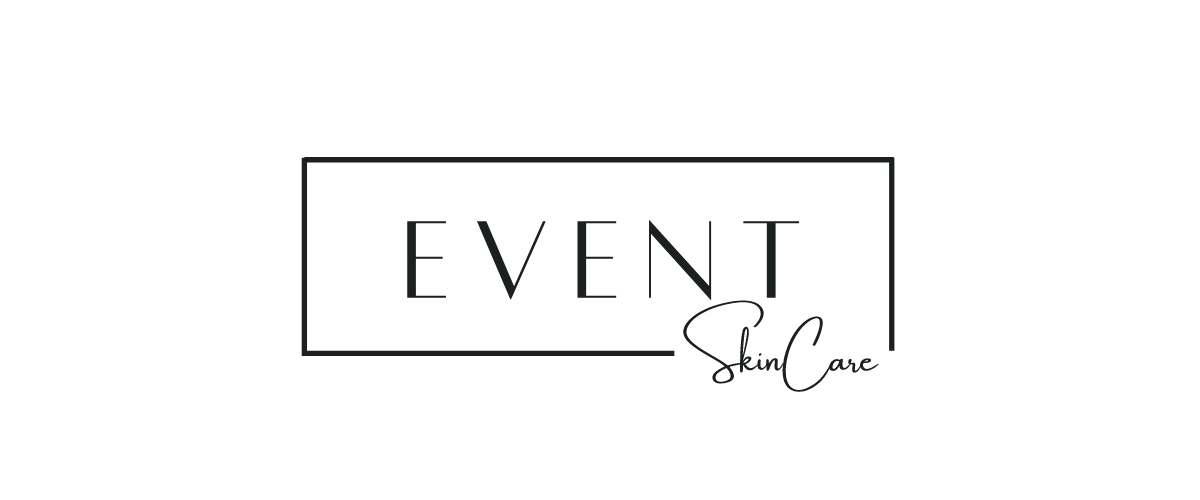The Skin Treatments You Should Be Getting During Winter In Order to See Results by Summer
Winter does have certain special benefits, even if you are not a fan of the season. The best benefit of all, though, might be that the winter is the perfect time to schedule many of your cosmetics appointments.
The main drawback of having them done in the summer is that there may be a higher risk of complications, particularly if you are having laser treatments that target pigment and have a tan. Additionally, if you are hoping to see results by the summer, starting the treatment in the summer may prevent you from seeing results.
Below are treatments you should book as soon as possible—because warm weather will be here before you know it.
Laser Hair Removal
Many people begin to think about laser hair removal when the weather gets warm, but the ideal time to begin this process is in the winter, when sun exposure is less. Laser hair removal is a treatment that uses controlled light energy to destroy the hair follicle. Because these pigmented cells absorb the light energy, it’s crucial not to have any sun exposure for the treatment to be safe—the more pigmented (or tan) your skin is, the harder it is for the light energy to find the hair follicle, resulting in less effective treatment and an increased risk of complications (like burns).
I recommend a series of six to eight treatments, at four- to six-week intervals, for optimal results. Hair naturally grows in three different stages, with some growth cycles longer than others, so it’s best to start in the winter and expect to wait approximately six months until you’re completely razor-free.
With laser hair removal, downtime varies from person to person. Most clients see a reduction in redness or bumps within hours, with 24 hours post-treatment being the maximum. Avoid hot yoga, hot tubs, vigorous exercise, or any other activities that will bring unwanted heat to the treated area in the days following treatment to avoid skin irritation.
Chemical Peels
Because you are less likely to be outside in the sun during the winter, chemical peels are also best performed during this time of year. Chemical peels use a combination of acids to exfoliate the skin, causing the outermost layer to shed to reveal smooth, healthy skin underneath. Additionally, they can treat the results of sun damage, so after treatment, it is critical to protect the newly sensitive skin by limiting sun exposure. Skin is sensitive post-peel, and any sun exposure can be detrimental to its ability to properly heal. Sun exposure can also redamage the skin, reversing any smoothing and even-toning effects the chemical peel might have had and allowing diminished dark spots to return.
Depending on the strength of the chemical peel used (there are many different peels to choose from), you’ll probably notice redness immediately afterward, and the downtime will include none to five days of visible exfoliation as the dead skin cells begin to shed. Improved tone and texture will start to become evident as the skin begins to heal, with final results showing around the three-month mark.
Intense Pulsed Light (IPL)
IPL is a pulsed-light treatment that applies specific wavelengths to the skin to help diminish the appearance of pigmentation, visible capillaries, redness, and age spots. Since these treatments are focused on particular pigmented cells, an overabundance of pigmentation will distort the results and may even lead to issues such as hyperpigmentation (dark spots) and hypopigmentation (white spots).
The best time to begin these laser treatments is during the winter, when your skin isn’t tanned or exposed to the sun. IPL detects red and brown [hyperpigmentation], so it is important that your skin not be tanned when getting an IPL treatment, because as with laser hair removal, IPL may not be able to distinguish between its intended target and the surrounding normal skin—which can increase the risk of complications.
In addition to the fact that pigmentation will be more difficult for the lasers to identify, having sun damage repaired during the hottest part of the year seems counterproductive. Even after the treatment has healed, if you spend time in the sun, you run the risk of allowing any sun damage that was corrected during treatment to recur from the effects of sun exposure.
It depends on how strong the IPL treatment is, but downtime usually includes slight redness and mild swelling for a few hours to a day after treatment, similar to a mild sunburn. However, it is possible to experience more prolonged redness for a few days, and some may notice that dark spots get darker before they lighten.
Ablative and Non-Ablative Lasers
Lasers like the Er: Yag are great resurfacing treatments that can address wrinkles, acne scars, pores, pigmentation, and overall complexion. Ablative [lasers] impact the surface of the skin, causing the uppermost layer to peel away and reveal smoother, clearer skin beneath BroadBand Infrared is a light-based treatment that combines non-ablative wavelengths to target the deeper tissue underneath.
It’s important not to have sun exposure for two weeks before these treatments for the best results. And, as with all the other treatments mentioned thus far, accumulating sun damage after the treatment can reduce the results. Treatments are customizable, so downtime depends on how aggressive a treatment you receive. An ablative laser treatment generally includes a couple of days of redness and swelling and three to five days of rough texture. There is no downtime with broadband infrared firming treatments.
As always, I recommend booking a consultation, which will include a test pulse, to ensure a safe and effective treatment.


